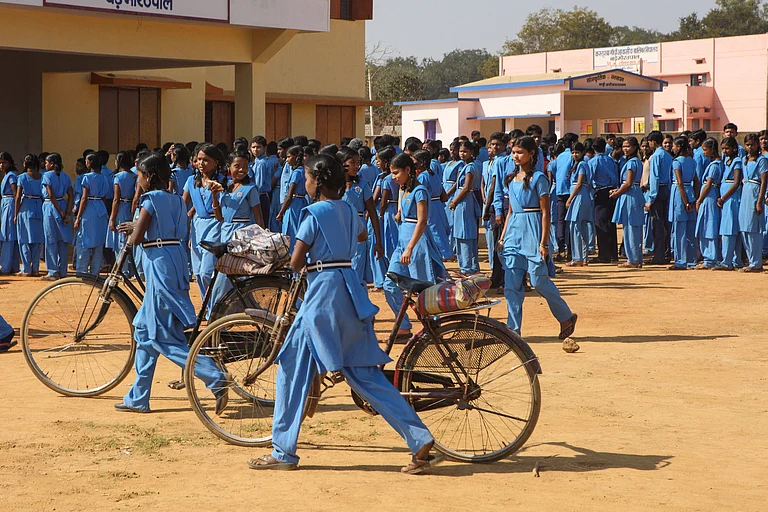The South Asian region needs more women in work force to spur growth, according to experts who said that with just 32 per cent female labour force participation rate in South Asia, increasing women’s employment requires a holistic approach and action from all stakeholders.
The World Bank’s just-released South Asia Development Update says nearly two-thirds of working-age women are out of the labour force in the region.
If women worked in as productive jobs as men, the GDP in South Asian region could go up by up to 51 per cent, said World Bank’s Chief Economist for South Asia Franziska Ohnsorge at a discussion on “Policy Options to Raise Female Employment in India”, organised jointly by the National Council of Applied Economic Research (NCAER) and the World Bank in Delhi on Tuesday.
She said that no single measure could achieve any major increase in women in employment
Calling South Asia, particularly India, a bright spot, Ohnsorge said growth could be much higher if the untapped potential is unlocked.
In her opening remarks, NCAER Director General Dr Poonam Gupta highlighted the need for targeting institutional and societal causes creating the gender gaps in employment, while simultaneously making it "easier, safer, remunerative, and professionally rewarding for women to join the workforce and for their families and communities to support their decisions."
World Bank’s Chief Economist for South Asia Franziska Ohnsorge called for encouraging remote working opportunities, ensuring safety at workplaces, enforcement of gender-equal laws and favourable social norms for women working outside their homes.
'Social Norms Keep Women At Home'
NCAER’s Prof Sonalde Desai said the existing social norms keep women back at home. Desai, citing Dr Gupta’s call for developing a care economy to cater to the young, the ailing and the elderly, suggested using MGNREGA workers in providing child care activities which could both generate jobs and free up more mothers to join the workforce.
NCAER DG had also said an “uncomfortably large number of glass ceilings remain intact even now”, adding that lack of women’s leadership is not just a pipeline issue. "Pipelines can be built with committed intent,” she said.
Speaking on the data capturing women’s participation in labour force, Prof Ashwini Deshpande of Ashoka University said there is underestimation of women’s work which is seen as part of family enterprise.
Noting improvements in several parameters over the years, Prof Shiva Kumar, visiting faculty of Harvard University, stressed on the need for more focus on healthcare and quality school education to enhance female labour force participation.






.jpg?w=801&auto=format%2Ccompress&fit=max&format=webp&dpr=1.0)



















